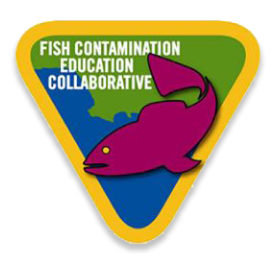Fishing
Protect Your Health
National Mercury Advisory
Some fish and shellfish contain very high levels of mercury that may harm an unborn baby or young child’s developing nervous system. The risks from mercury in fish and shellfish depend on the amount of fish and shellfish eaten and the levels of mercury in the fish and shellfish. Therefore, the Food and Drug Administration and the Environmental Protection Agency are advising women who may become pregnant, pregnant women, nursing mothers and young children to avoid some types of fish and eat fish and shellfish that are lower in mercury.
By following these 3 recommendations for selecting and eating fish or shellfish, women and young children will receive the benefits of eating fish and be confident that they have reduced their exposure to the harmful effects of mercury. Additionally, view the Monterey Bay Aquarium Seafood Watch website for more information on eating fish sustainably.

Do not eat Shark, Swordfish, King Mackerel, or Tilefish because they contain high levels of mercury.

Check local fish advisories about the safety of fish caught in your local lakes, rivers, and coastal areas. If no advice is available, only eat up to 6 ounces (one average meal) per week of fish you catch from local waters.

Eat up to 12 ounces (2 average meals) a week of a variety of fish and shellfish that are lower in mercury. Five of the most commonly eaten fish that are low in mercury are shrimp, canned light tuna, salmon, pollock and catfish. Albacore ("white") tuna has more mercury than canned light tuna, so when choosing your two meals of fish and shellfish, you may eat up to 6 ounces (one average meal) of albacore tuna per week.

